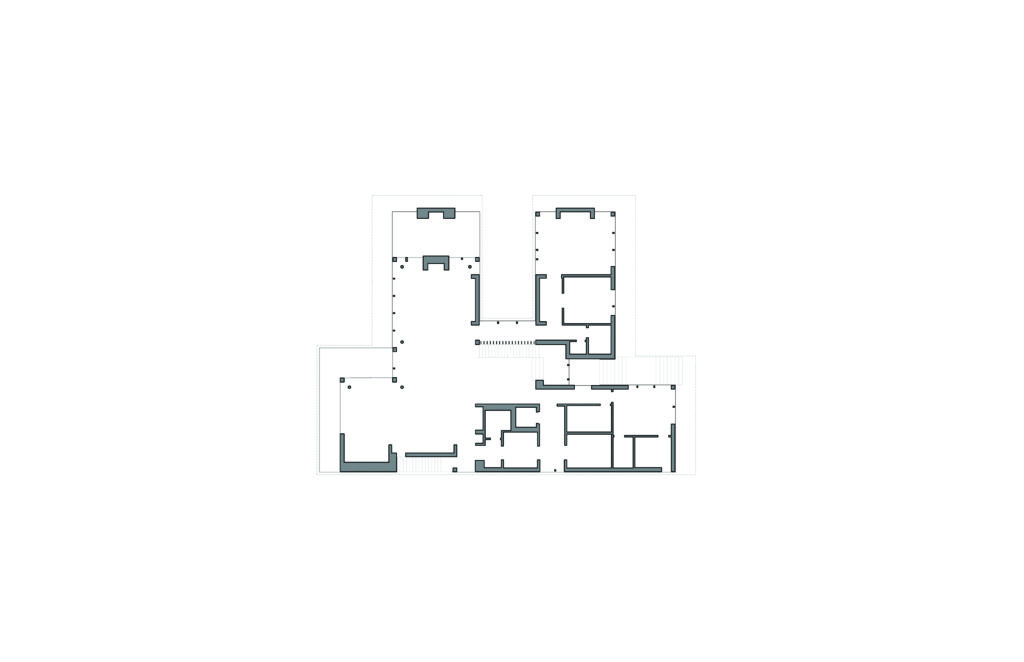
By James Merrell
Most Hamptons houses are designed to fulfill client dreams of luxury and lifestyle, in a process that relies heavily on photos. But architecture is also an art, with the capacity to provoke thought. And you can’t see architectural thought in photos, really. You need to look at floor plans.
When I say this, my clients insist that they “can’t read plans.” This is no surprise, since we live in a world where even shelter magazines no longer print floor plans on their glossy pages. But plans do matter, because that’s where buildings are conceptualized—the napkin sketch. As the Renaissance architect, Leon Battista Alberti, famously proclaimed: Architects make drawings!
I assure my clients that plans are not difficult to read. They are just diagrams, little different from a subway map or the game board for Clue. I also offer them this insight: Architecture is not just a visual art, it is a narrative art as well. You can employ the skills you acquired in school for analyzing books and movies to discover the art in our designs. If you know poetry, all the better.
Try this approach with the plans on this page. First, think of rooms as characters, then find the front door and start “walking” through the plans, looking for clues about each space. We’ve purposely removed the easy clues, like furniture and cabinetry, so you will have to look closely. You’ll quickly see how easy this becomes.
Next, recognize that each path you take through a plan is like a plot, or subplot, in the lives of those who might live there. After all, every house will have lots of readers. Respect the fact that in a great story, even minor characters are essential to the impact and understanding of the final product. The passage from garage to kitchen, for instance, should be designed with as much care as the path from front door to living room. Houses are nothing if not evolving family epics.
The plans on this page have another quality worth mentioning: they possess an abstract and graphic beauty all their own. Like Moroccan tile patterns, great diagrams have the ability to trap us in their worlds. We might see symmetries at first, and think we understand their order. Then we discover asymmetrical moments that contradict, and metaphors emerge. Order vs. chaos. Rules vs. license. Code vs. mutation.
In his first—and most provocative—book, Complexity and Contradiction in Architecture, the noted architect Robert Venturi identified complexity and contradiction as two keys essential to architectural thought: our poetics. Opinions will vary, but there can be no doubt that, when viewed in this way, architecture has the capacity to produce pleasures well beyond those we associate with the images of luxury captured by photographs.





